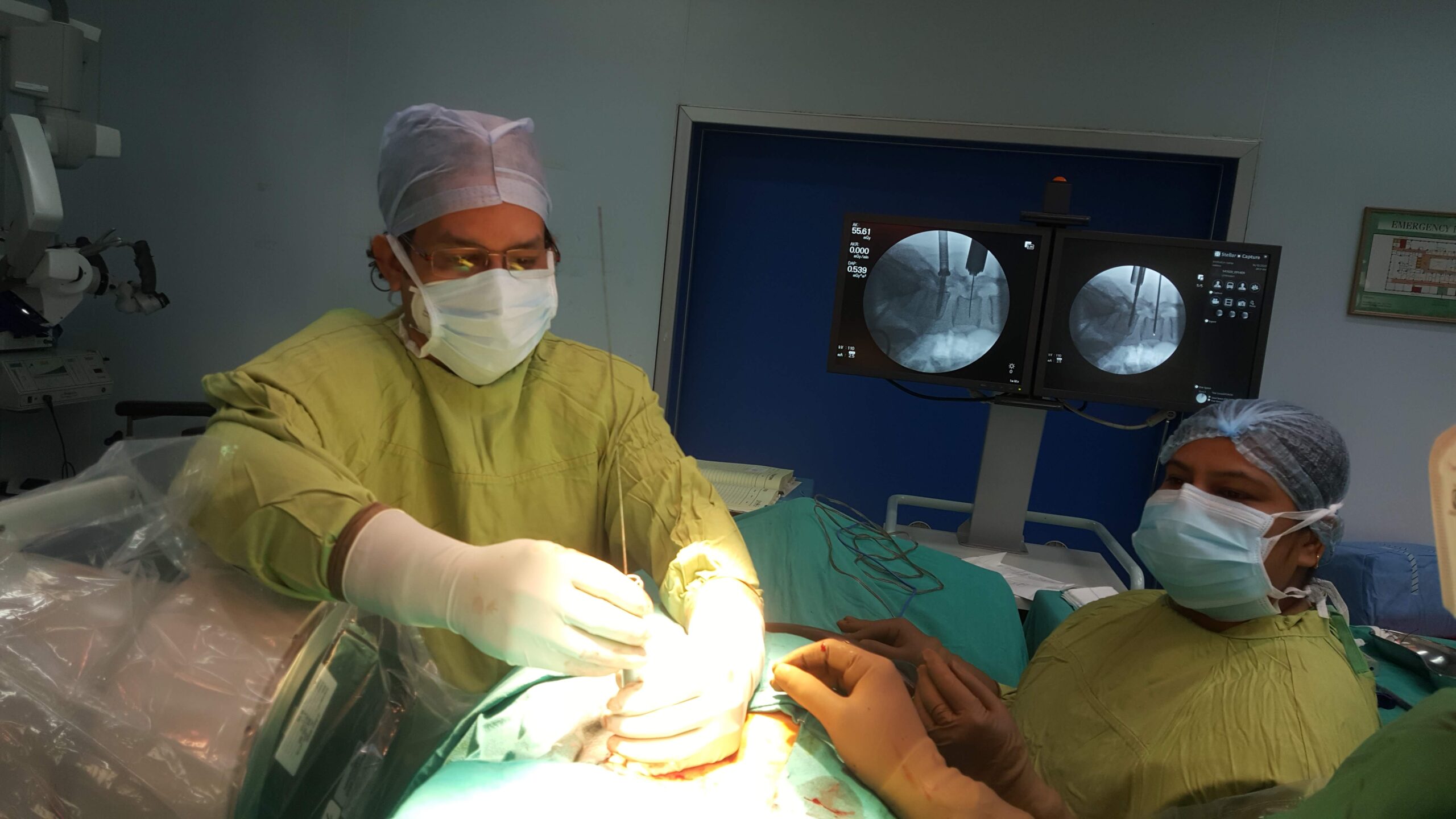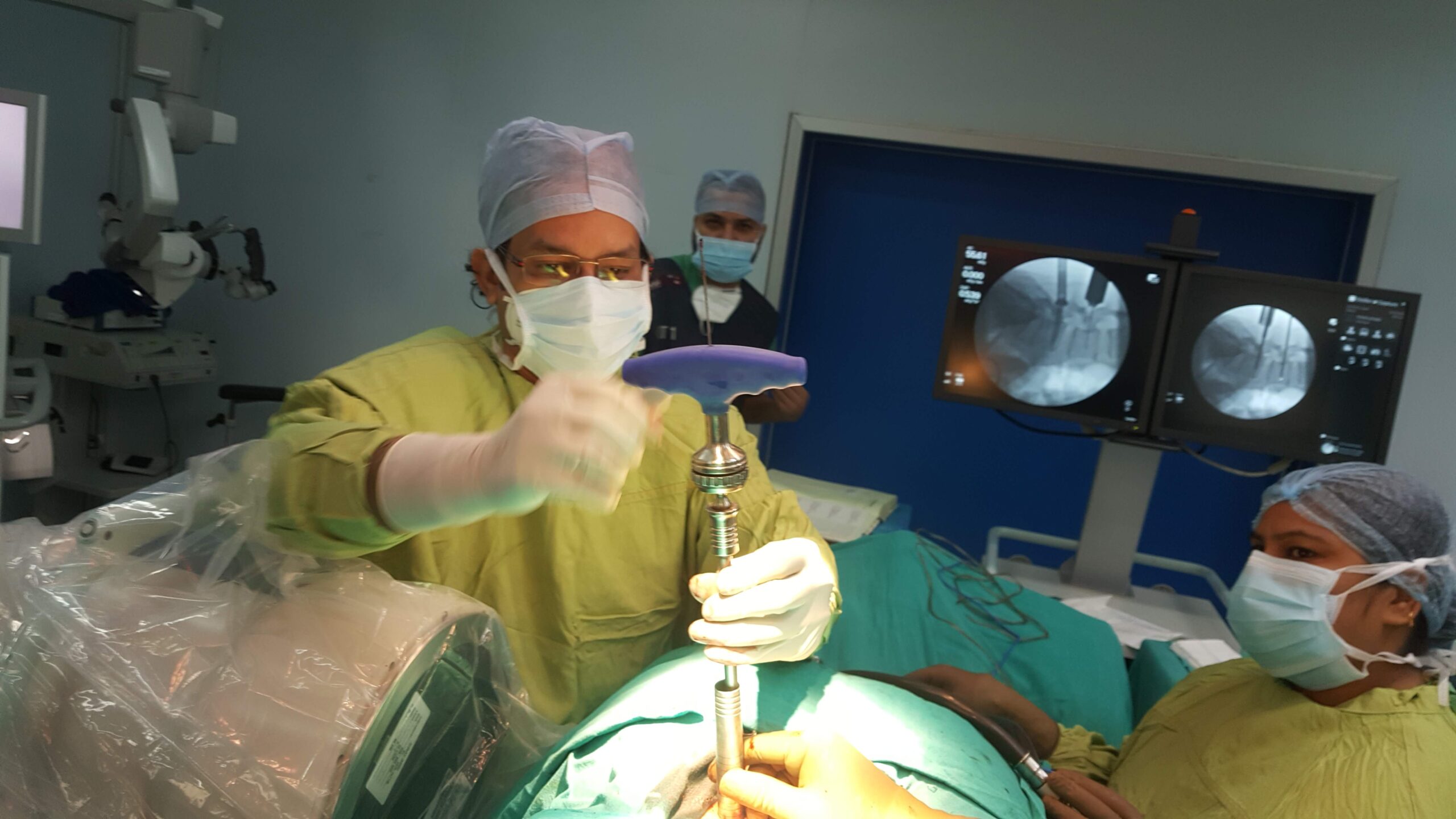INTRODUCTION
Intracerebral Hemorrhage(stroke)
A kind of stroke caused due to bleeding inside the brain tissue is called intracerebral hemorrhage. Usually, stroke occurs when the brain is deprived of oxygen due to an interruption of its blood supply. The main causes for intracerebral hemorrhage are hypertension,arteriovenous malformations or head trauma.
How it occurs?
Due to high blood pressure or hypertension, the walled arteries break and blood spreads into the brain tissue. These blood forms a clot which is known as hematoma. The hematoma grows slowly and causes pressure on the surrounding brain tissue. This pressure makes a person experience tension and lethargic. When the blood spill into the brain, the area that artery supplied will lack oxygen and rich blood. This condition is called stroke. The surface or in deep areas of the brain is the main platform where intracerebral hemorrhage takes place.The symptoms of intracerebral hemorrhage is sudden which requires immediate action. The symptom may alter according to the location of the bleed.
Subarachnoid Hemorrhage
Bleeding in the area between the brain and the tissue that cover the brain (subarachnoid space) is called subarachnoid hemorrhage. The condition causes the patient to feel a sudden and worst headache. Subarachnoid hemorrhage can be caused by different reasons such as:
- Bleeding from an arteriovenous malformation
- Bleeding from a cerebral aneurysm
- Use of blood thinners
- Head injury and
- Unknown causes
CAUSES
N/A
RISK FACTORS
N/A
SYMPTOMS
Some of the common symptoms are :
· Nausea
· Vomiting
· Sudden weakness
· Numbness of the face, leg and arm
· Seizures
· Temporary loss of vision
· Confusion or lethargy
· Loss of consciousness etc.
Symptoms of Subarachnoid Hemorrhage :
Severe headache is the main symptom of subarachnoid hemorrhage. These kinds of headache is often called as thunderclap headache. The headache may start after a snapping or popping feeling in the head. Other symptoms may include:
· Decreased consciousness and alertness
· Seizure
· Stiff neck
· Vision problems like double vision, blind spots or temporary vision loss
· Nausea and vomiting
· Mood and personality changes
· Muscle aches
· Eye discomfort in bright light
· yelid drooping
· Sudden stiffness of back and neck, with arching of the back and
· Pupil size difference etc.
When the symptoms are checked, the doctor may suggest you to have certain tests such as :
· A head CT
· Cerebral angiography
· ranscranial Doppler ultrasound
· MRI
· MRA and
· CT scan angiography
DIAGNOSIS
Diagnosis of Intracerebral Hemorrhage
ICH (intracerebral hemorrhage) requires emergency medical care. When an individual starts showing symptoms of ICH, he or she might be taken for diagnosis. Diagnostic options may include:
· Computerised Tomography Angiography
· Angiogram and
· MRI Scan etc.
TREATMENT
Treatments
Medications
Unlike with these ischemic stroke, if you are having a hemorrhagic stroke then treatment goals are to make your blood clot. So, you may be given medication to counteract random blood thinners you take.
You may also be prescribed drugs that can:
• reduce blood pressure
• lower the pressure in your brain
• prevent seizures
• prevent blood vessel constriction
Coiling
During these procedure, specific doctor guides a long tube to the area of hemorrhage or weakened blood vessel. They can install a coil-like device in the area where the artery wall is weak. It blocks blood flow to the area, reducing bleeding.
Clamping
During specific tests, the doctor may discover an aneurysm that has not started bleeding yet or has stopped.
To prevent such additional bleeding, a surgeon may place a tiny clamp at the base of the aneurysm. This cuts off blood supply and prevents a possible broken blood vessel and new bleeding.
Surgery
If any doctor sees that an aneurysm has burst, then a surgery may be done to clip the aneurysm and prevent additional bleeding. Likewise, a craniotomy may be needed to relieve the pressure on the brain after a large stroke.
Hemorrhagic stroke : It occurs due to leaking or bursting of blood vessels in the brain. This results in bleeding in or around the brain. In severe cases, bleeding may cause further swelling of brain tissue. The hemorrhage stroke is of two types:
· Subarachnoid hemorrhage (SAH): The bleeding that occurs due to bursting of abnormal or weak blood vessels (aneurysm) between the layers covering the brain around the brain is referred as subarachnoid hemorrhage.
· Intracerebral hemorrhage (ICH): The bleeding into the brain due to severe high blood pressure is known as intracerebral hemorrhage.
Treatment of Hemorrhagic stroke :
A hemorrhagic stroke is difficult to treat. The line of treatment specifically depends upon the cause of bleeding. It is an emergency condition that requires close monitoring of the patient in an intensive care unit.
The initial and emergency line of treatment for hemorrhage stroke includes:
· Ascertaining the cause of bleeding
· Controlling and measuring brain pressure
· Control of blood pressure
· Discontinuing any other medications
Ventriculostomy tube can be used to measure brain pressure and to drive out blood collected in the brain.
Surgical treatment of Hemorrhagic stroke :
Surgical treatment is often recommended to prevent or stop the bleeding inside the brain. Surgery should be ideally done within first 48 to 72 hours following hemorrhage. But if the patient’s condition is severe then surgery may be delayed for one or two weeks.
The various surgeries done to treat hemorrhagic stroke include:
Aneurysm treatment : The hemorrhagic stroke that has occurred due to bursting of a weak area of an aneurysm (blood vessel) is treated using aneurysm treatment. In this method, a clamp is placed at the base of aneurysm under local anaesthesia. This stops bleeding and prevents re-bleeding. The procedure requires removal of a piece of skull to locate the aneurysm within the brain tissue. The skull piece is replaced at the end of surgery. The procedure may take several hours to complete.
Another less harmful method commonly used is coil embolization. It involves insertion of a catheter into an artery in the groin. The catheter is guided to the vessels in the brain where aneurysm is located. The aneurysm is then filled with a tiny coil. This creates a blood clot within the coil that blocks the blood flow to the aneurysm. Hence, further leaking of blood is prevented.
Arteriovenous malformation treatment : Significant risk of bleeding is associated with arteriovenous malformations (AVMs). Although various techniques like surgery, radiosurgery, or embolization can be done for arteriovenous malformations but the choice depends upon several factors like age of the patient, size and location of AVM and vein abnormalities.
Decompressive craniotomy : Although decompressive craniotomy is the choice of treatment in cases where brain pressure increases due to blood clots but various factors like patient’s age, location and size of hemorrhage, medical conditions, and chances of recovery from stroke are taken into considerations before performing this procedure. It is a life threatening condition that requires opening of skull to remove blood.
PREVENTION & REHABILITATION
N/A


